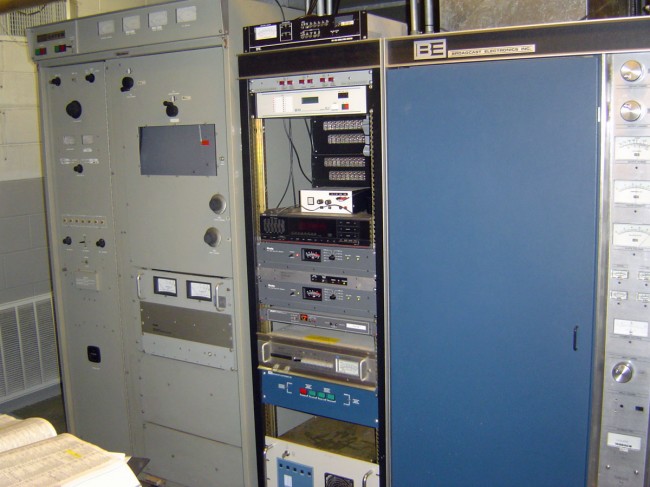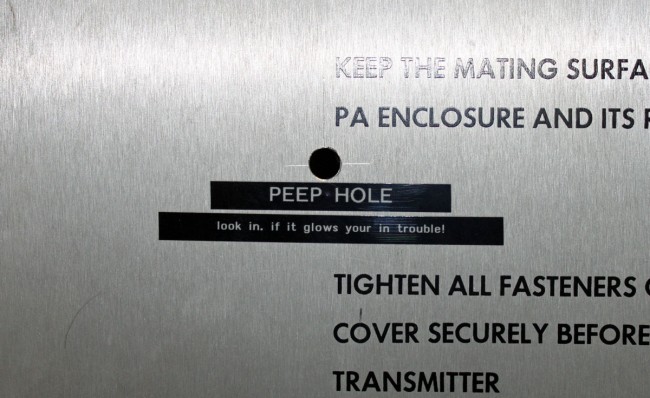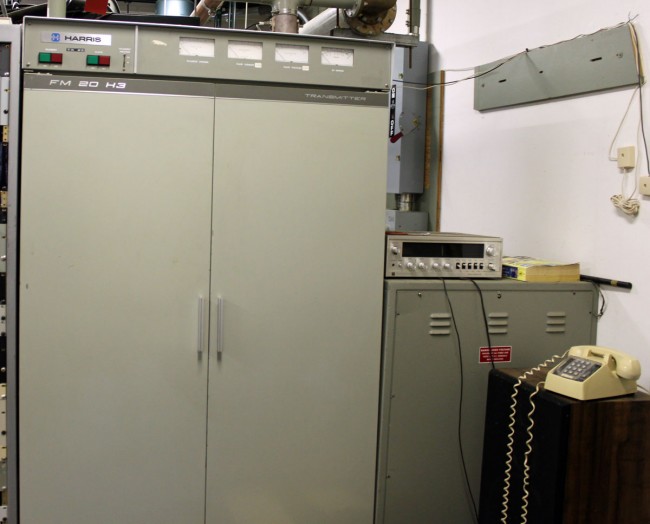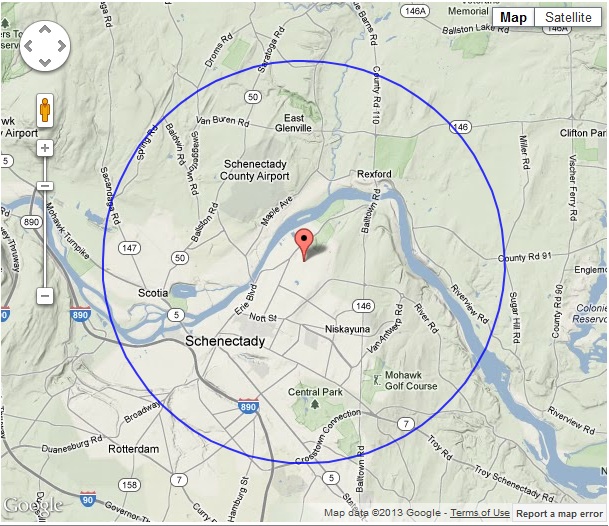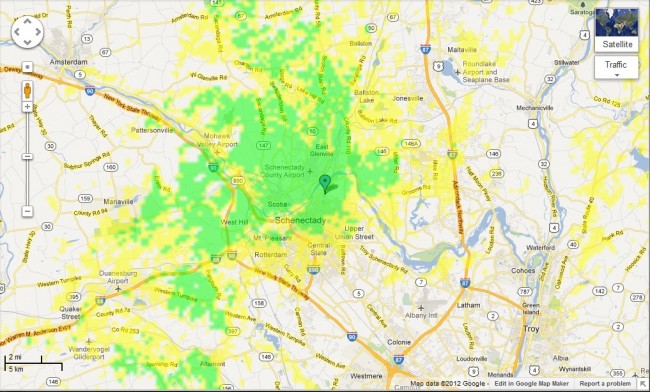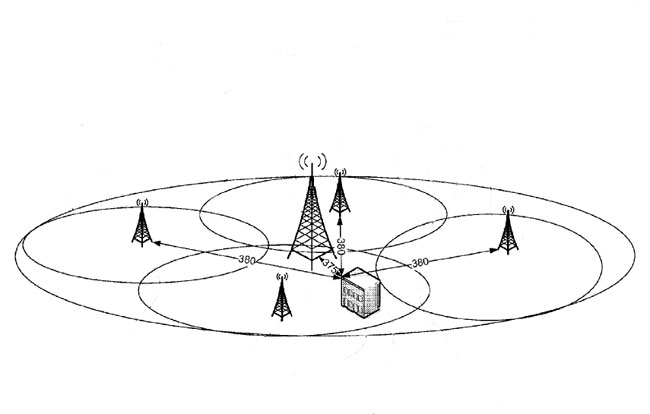Lately, I have been working at a site in West Orange, NJ connecting various parts and pieces, and thought that this was interesting:
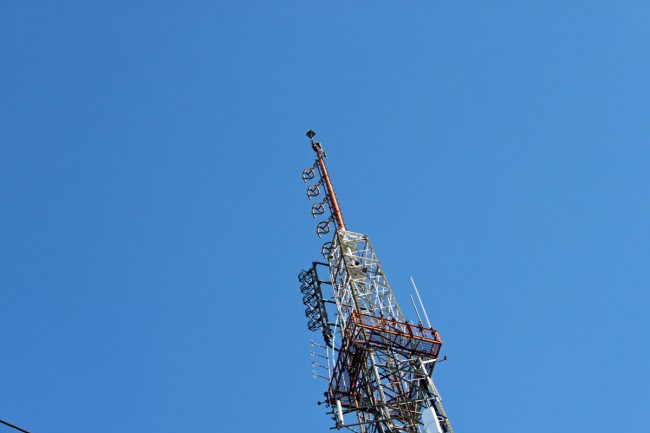
That is the main antenna for WNSH, 94.7 MHz Newark, NJ, aka “Nash-FM.” Below that is the backup antenna for WEPN-FM (98.7 MHz), WQHT (97.1 MHz) and WFAN-FM (101.9 MHz). More on those stations later.
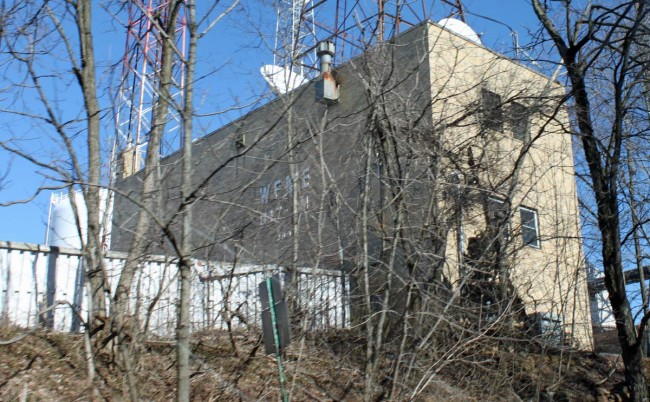
This is the WFME studios, located off of NJ Route 10. It is kind of hard to see the call letters behind all those trees and whatnot. There is an older picture from 1999 floating around, which shows the studio building in better condition. This is a better angle:
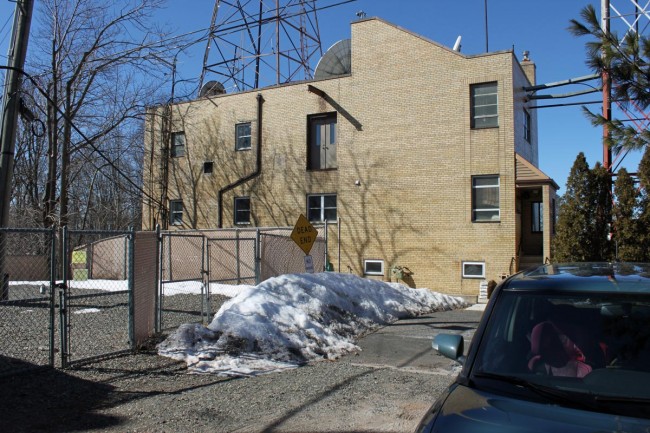
I believe WFME is still originating its programming here, now being broadcast on WFME 106.3 MHz, Mount Kisco. I had to use the facilities there, the interior is like a way back 80’s time machine, which is kind of cool. If I owned a radio station, I would go for the 70’s office decor; dark wood paneling, shag carpets, bright blue bathroom tile and avocado green appliances, but hey, that’s just me.
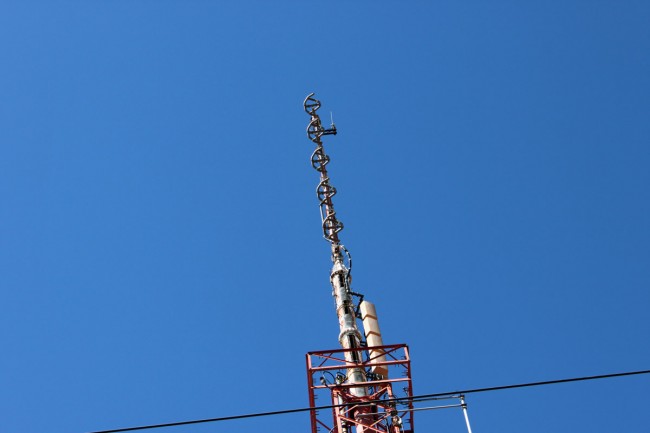
This is the WNSH backup antenna, mounted on top of a UHF slot antenna for WFME-TV. There is an LP TV antenna mounted there also, but I don’ t know who it belongs to. Overall, it is an interesting transmitter site on “First Mountain” in West Orange, NJ. Also located here, WFMU-FM, an old ATT microwave site, now owned by American Tower and several cell carriers. In other words, it is just like most other mountain top transmitter sites, except there is a shopping plaza across the street.
I gave a listen to the NASH while driving there. For where it is, it seems to have a pretty good coverage area. As for the music, well, I am not sure how a Manhattenite will relate to Tracy Byrd’s “I’m from the Country” wherein:
Everybody knows everybody, everybody calls you friend
You don’t need an invitation, kick off your shoes come on in
Yeah, we know how to work and we know how to play
We’re from the country and we like it that way
Being from upstate NY, I get it. Perhaps the Manhattan salary man will too. There are no DJ’s on air quite yet, just music, some commercials and a few “Nash-FM” liners that sound slightly distorted.

